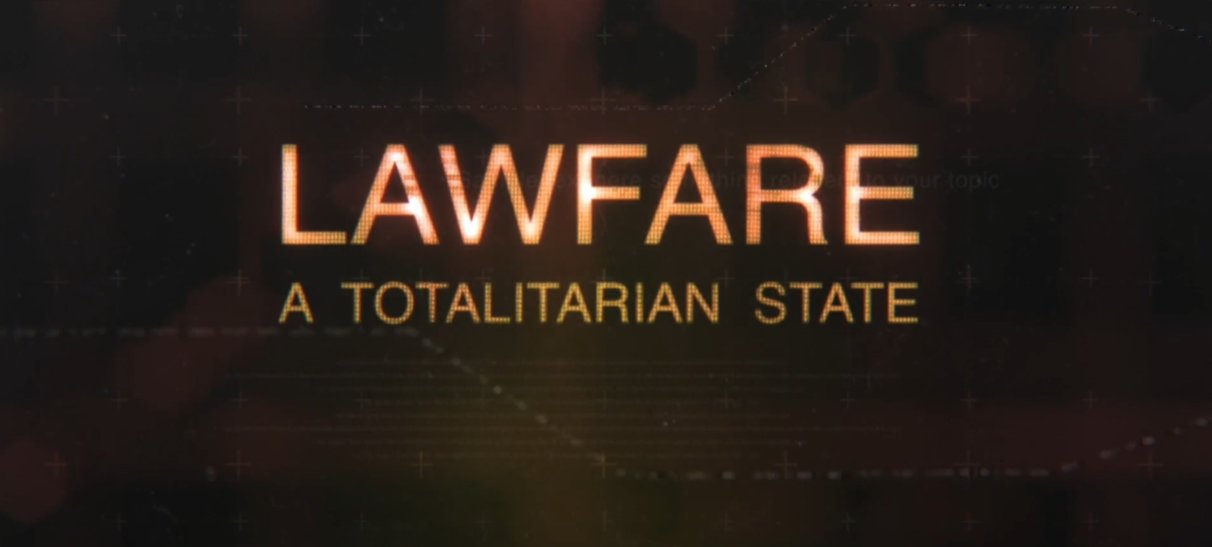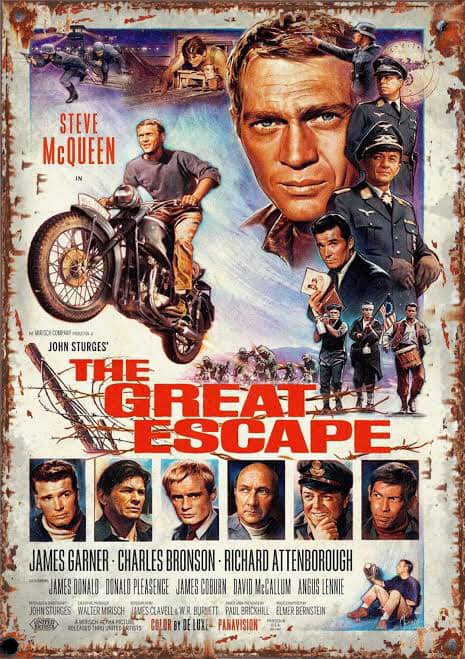Monopolized by the Left, academic research on crime gets almost everything wrong.

The history of academic criminology is one of grand pronouncements that don’t often prove out in the real world. In the 1960s and 1970s, for example, criminologists demanded that public policy attack the “root causes” of crime, such as poverty and racism. Without solving these problems, they argued, we could not expect to fight crime effectively. On this thinking, billions of taxpayer dollars poured into ambitious social programs—yet crime went up, not down. In the 1970s and 1980s and into the 1990s, as crime rates continued to spike, criminologists proceeded to tell us that the police could do little to cut crime, and that locking up the felons, drug dealers, and gang leaders who committed much of the nation’s criminal violence wouldn’t work, either.
These views were shown to be false, too, but they were held so pervasively across the profession that, when political scientist James Q. Wilson called for selective incapacitation of violent repeat offenders, he found himself ostracized by his peers, who resorted to ad hominem attacks on his character and motivations. Wilson’s work was ignored by awards committees, and criminological reviews of his books, especially Thinking About Crime and Crime and Human Nature, were almost universally negative. In the real-world policy arena, however, Wilson attained significant influence: the Broken Windows theory of policing and public order, which Wilson developed with criminologist George Kelling, became a key part of the proactive policing strategies that would be largely responsible for the great crime decline starting in the mid-1990s.
[…]















